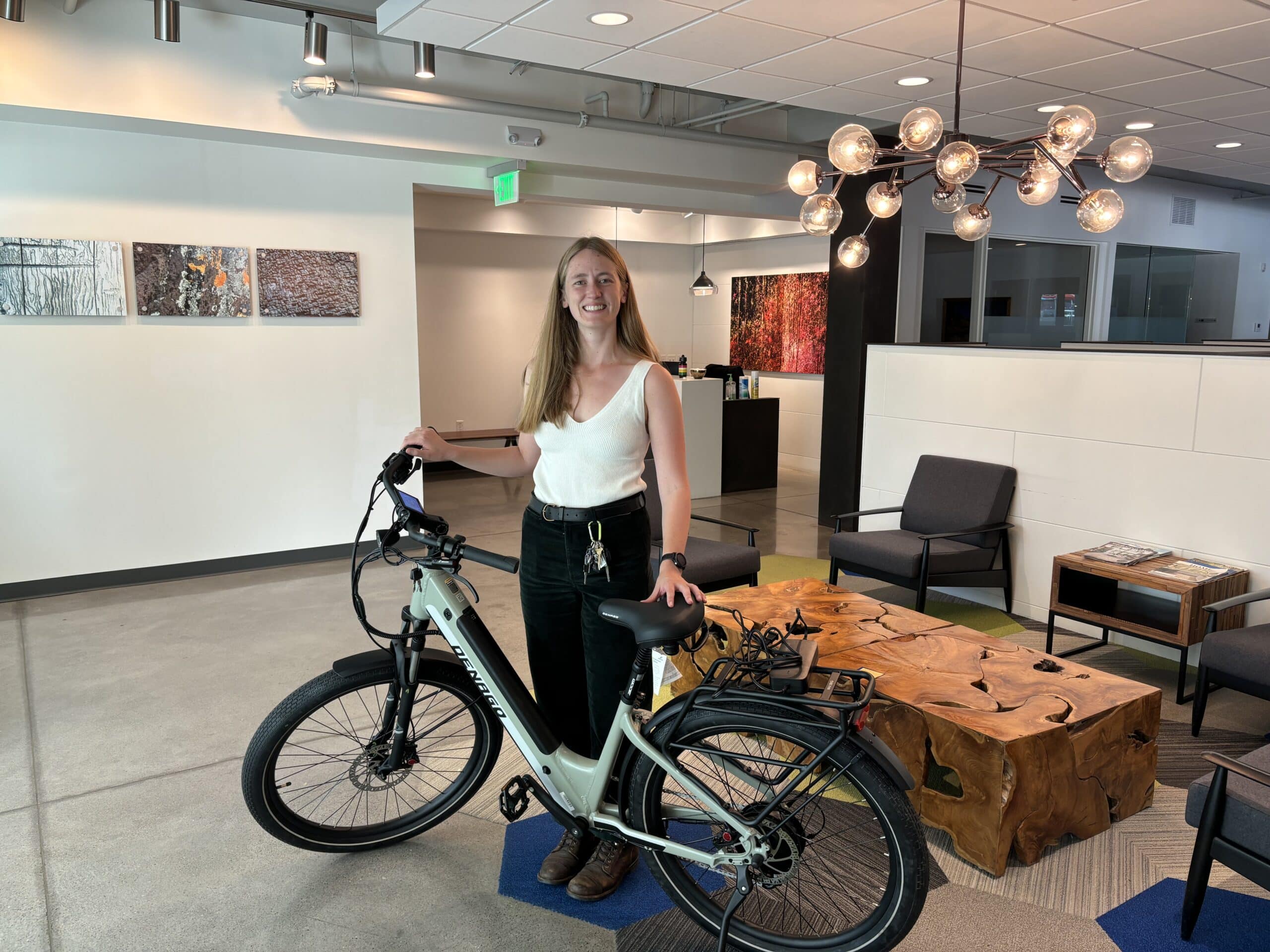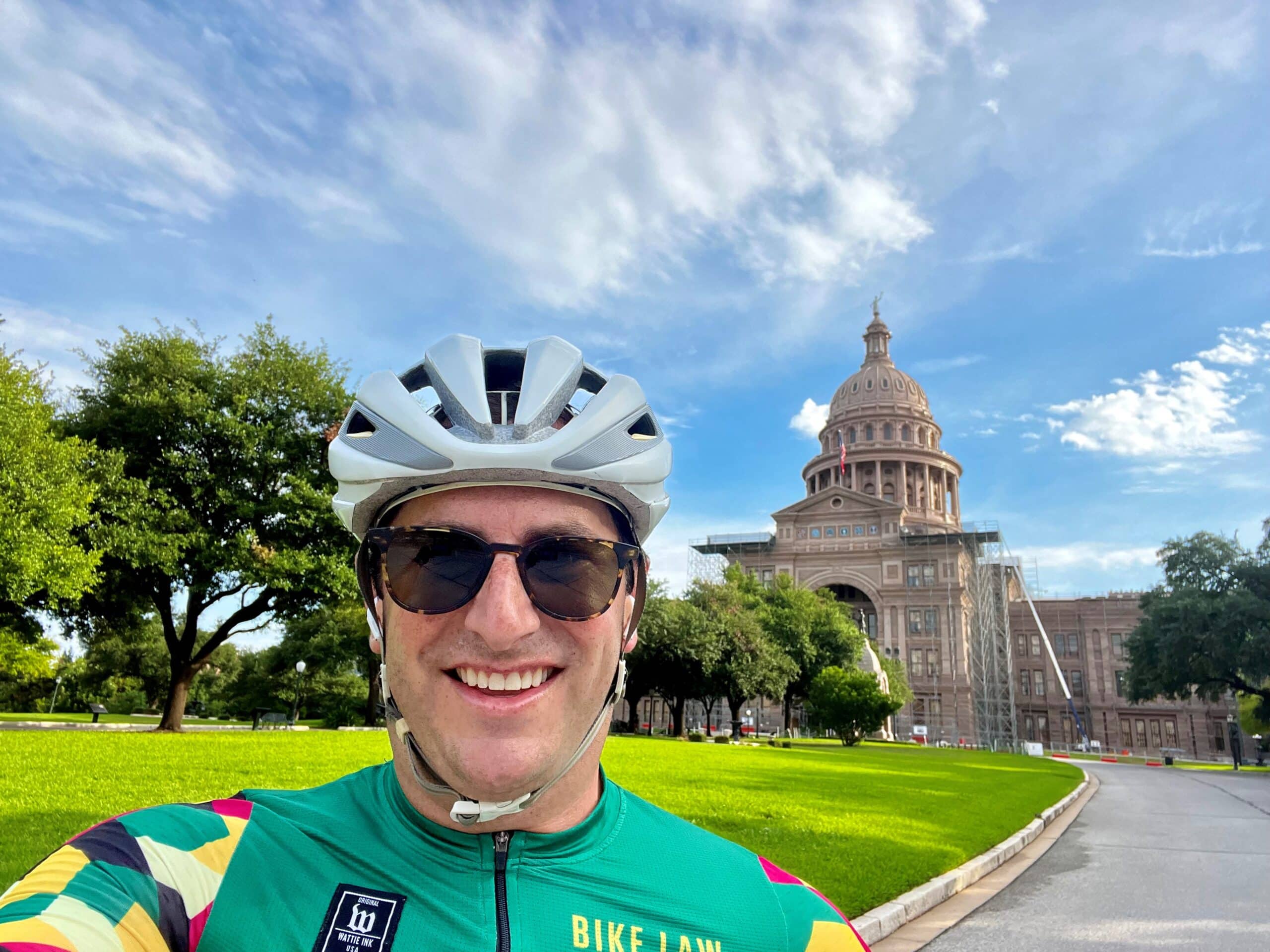In Maine, proposed legislation on traffic safety education in schools for students in grades 2-12 could have tremendous long-term effects on making Maine’s roads safer.
Imagine if from a young age we all grew up understanding the rules of the road like we do the rules of baseball. Conceptualize communities where children are taught how to safely walk and ride their bicycles and share the road with other users before they ever get behind the wheel of a motor vehicle. Visualize roadways where it is the social and cultural norm for people of all ages to be vigilant and respectful of one another regardless of age and transportation choice.
A group of bipartisan lawmakers in Maine is not only imagining these things, but they are taking steps to make them happen through their sponsorship of LD 1130 An Act to Provide Traffic Safety Education in Schools. These lawmakers recognize that one of the most effective ways to change deadly practices on our roadways is to teach and lead through our youth.
As noted in my April 11, 2017, testimony in support of the bill, data from the National Safety Council indicates that there were over 40,000 motor vehicle traffic deaths last year, which is up 6% since 2015. Likewise, national pedestrian fatalities are on the rise. According to a NY Post Article, “pedestrian deaths are climbing faster than motorist fatalities, reaching nearly 6,000 deaths last year — the highest total in more than two decades.” Similarly, the National Highway Safety Administration reports that in 2015, an average of two bicyclists died every day due to motor vehicle v. bicycle crashes.
In Maine, the trends are similar. Last year we saw our largest number of pedestrian deaths in decades, multiple bicyclist deaths and 160 motor vehicle fatalities. The Maine DOT also recently reported that during the time period of 2011-2015, there was an average of one fatal crash in our state every 60 hours, one personal injury crash in our state every 56 minutes and one reportable crash every 17 minutes! See MDOT, Maine Highway Safety Facts 2016 (Dec. 2016).
LD 1130 actively responds to these trends by working with children from an early age on safe driving, walking and bicycling practices.
LD 1130 Explained
Representative Matthea Daughtry, one of the bill’s primary sponsors, succinctly summarizes the bill this way in this paragraph from her public testimony on the proposed legislation:
LD 1130 would ensure that every Maine student will receive at least one hour of age appropriate traffic safety education every year. This means that elementary students will learn basic and important road safety concepts–like look both ways before you cross the street, etc. In middle school, students will learn how to safely ride their bicycles independently while obeying the rules of the road. High School students will learn how to safely drive near other users of the road such as pedestrians, cyclists, motorcyclists, farm equipment, etc. This bill will ensure that consistent information on roadway safety is being taught in a way that is accessible to all students, regardless of their zip-code. This is building off of an existing program that is funded by the Department of Transportation and is currently being assisted by the Bicycle Coalition. The curriculum for this program was developed by teachers for teachers. If a school district does not want to teach the program themselves, they can request a presenter to deliver the materials as well. This is an existing program with built-in supports for our schools.
Testimony in support of the legislation offered by the Bicycle Coalition of Maine, USA Cycling, People for Bikes, Grow Smart Maine, Maine Public Health Association, AAA of Northern New England and many others can be found here. Collectively, these individuals and organizations make a case for how easy and how important it is to make traffic safety education part of Maine school curricula.
Opposition
Despite the fact that the “ask” contained within LD 1130 is relatively small and that many people cannot imagine any legislator voting against it, there is some opposition to the bill. It is understood that some opponents of the legislation feel that the rules of the road should be taught at home instead of in schools and that teachers already have too much on their plates. What these folks are missing, however, is that traffic safety education can be integrated into pre-existing lesson plans, taught at school assemblies and easily delivered by visiting instructors. Further, as discussed below, not all children grow up in homes where they are taught how to walk, bike, drive cars and safely navigate their communities and, therefore, school is an appropriate place to teach these skills.
Safety and Transportation Equality for Our Children
While LD 1130 has the potential to impact all of us positively, the legislation is particularly important for our children, whose lives are being threatened and lost every day on the roadway due to unsafe practices and an inequitable distribution of information needed to keep them safe.
Safe Routes to School, a national nonprofit organization focused on improving the lives of children and communities through the promotion of healthy living, safe infrastructure, and physical activity, notes on its website that in 2009, approximately 23,000 children ages 5-15 were injured and over 250 children were killed while walking or bicycling to school. In addition, the organization reports that the financial costs associated with children’s bicycle and pedestrian crashes are tremendous. For example, it reports that in 2005, the medical costs associated with children’s bicycle and pedestrian crashes were approximately 839 million dollars and that the estimated lost earnings of those children over a lifetime was approximately $2.2 billion dollars. These statistics underscore precisely why LD 1130 and initiatives like it are necessary. We simply cannot afford to be losing our children to traffic crashes.
Not only does proactively teaching traffic safety save lives, but it also logical. As one educator who testified at the public hearing on LD 1130 noted, it makes far more sense to devote classroom time to teaching kids how to be safe on the roadways then it does to spend that same time counseling them about the loss of one of their classmates after a preventable traffic crash.Teaching traffic safety education in our schools also promotes transportation equality. As noted in this Washington Post piece, not everyone comes from a home or a country where they were taught how to ride a bike or get around their
Teaching traffic safety education in our schools also promotes transportation equality. As noted in this Washington Post piece, not everyone comes from a home or a country where they were taught how to ride a bike or get around their neighborhood on a bike. The same thing is true with respect to walking and driving. If we want all children on Maine’s roadways to be safe and to enjoy our public ways while respecting other road users, we need to teach these skills in our schools. This is especially so where there may be socioeconomic or language barriers in the home.
How You Can Help
Whether you live in Maine or elsewhere, please show your support for LD 1130 by contacting Maine legislators and informing them of why this legislation is important. The Education and Cultural Affairs Committee will be holding a work session on the legislation at 9:00 a.m. on Friday, May 5, 2017. Let members of that committee hear from you before then. Also, please encourage the students, teachers, educators, administrators and superintendents in your communities to write these committee members in support of the legislation.
The Bicycle Coalition of Maine offers talking points for you here.
Contact information for the members of the Education and Cultural Affairs Committee can be found here.
You can also show your support for this and other bicycling and pedestrian initiatives at the 2017 Legislator Walking and Bicycling Tour on May 10th. Meet at the Plaza between Statehouse and the Cross Office Building in Augusta at 7:30 am.
If you are in need of representation in Maine contact one of our Bike Accident Lawyers in your area.
Portland Cyclist Wreck Law Firm

Lauri Boxer-Macomber has been an avid rider for decades. Lauri’s Maine law practice is focused on advocating for the rights of bicyclists, pedestrians, and other vulnerable road users.
Lauri’s riding experience and legal training are complemented by her advocacy work. She is an active Board Member of the Bicycle Coalition of Maine, a Governor of the Maine Trial Lawyers Association, and a Member of the American League of Bicyclists. She also chairs the Bicycle Coalition of Maine’s Policy and Legislation Committee and is one of the founding members and facilitators of the Bicycle Coalition of Maine’s Law Enforcement Collaborative, a group of law enforcement officers, planners, bicycle advocates, and others who meet regularly with the goal of improving safety on Maine’s roadways.








